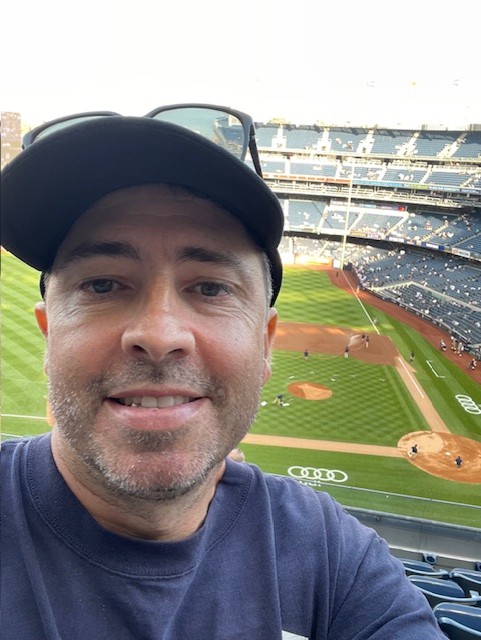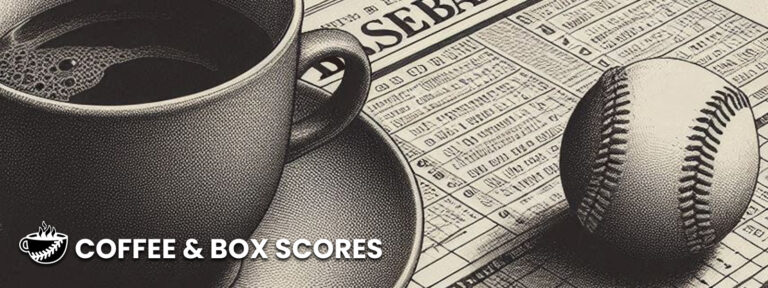There’s a wonderful old commercial for Starting Lineup sports figures that features an unseen singer waxing about his childhood dream of becoming a big league baseball player, ending with the line, “And summer would go on forever.”
Coincidentally, around that time summer did linger past its usual expiration date – at least for more than a year, anyway, in the form of the Senior Professional Baseball Association.
The Senior League, as it was more commonly known, briefly lured a few of the sport’s luminaries out of retirement and set them loose among retirees of all stripes in the warm pastures of Florida. Sadly, while the initial enthusiasm was there, it was an innovation that played out better on paper than in reality – a concept closer to that of Disco Demolition Night than night baseball.
The Senior League was the handiwork of Jim Morley, a one-time Giants Minor Leaguer turned real estate developer who was convinced that the nostalgia-fueled popularity of the senior golf tour would work for baseball. Morley sent out feelers to more than 1,000 former MLB players to gauge their interest in joining; floored by the largely positive responses, he quickly set about making the concept a reality.
By November 1989, Morley had pulled together ownership groups for eight franchises, secured MLB Spring Training sites for home fields and negotiated a TV deal with Prime Network to air the three-month, 72-game season. The players were required to be at least 35 years old, down to 32 for catchers, with salaries ranging from $5,000 to $15,000 per month.
The bold-faced names included the likes of soon-to-be Hall of Famers Rollie Fingers and Ferguson Jenkins, although many of the 24-man rosters were filled out with players sporting little to no big league experience. Acclaimed managers Dick Williams and Earl Weaver provided an extra dose of credibility, as did the inclusion of Curt Flood as the league commissioner.
Any doubts about the seriousness of the league were dispelled when towering fireballer J.R. Richard was cut by the Orlando Juice in training camp for being overweight. The doubts then returned when Luis Tiant was traded from the Winter Haven Super Sox to the Gold Coast Suns for 500 teddy bears.
Fans soon came to realize that the players, while maybe a step or two (or three) behind their Major League counterparts, were still very serious about the game. The bigger problem was that there weren’t enough people around to notice. After mostly strong opening night numbers, attendance soon plummeted into the hundreds for many games, well below the estimates of 2,500-3,000 daily fans needed to break even.
Naturally, some franchises provided a better viewing experience than others. The West Palm Beach Tropics, which featured eventual MVP Ron Washington, slugger Dave Kingman and a semi-effective but still fully mustachioed Fingers, quickly raced out to the best record in the league. The Fort Myers Sun Sox, fueled by batting champ Tim Ireland, stolen base champ Kim Allen and the all-around impressive play of Amos Otis, finished second in their division and second overall in attendance.
At the other end of the spectrum, the St. Lucie Legends replaced manager Graig Nettles early in the season and stumbled to a 20-51 record despite the strong numbers of Willie Mays Aikens and George Foster. They still managed to outdraw the Juice, who featured the potent bats of Randy Bass and José Cruz, as well as an owner who vanished in January under allegations of embezzlement.
With Major League teams looking to reclaim their venues for Spring Training, the Senior League’s postseason participants descended on the one stadium still available in Fort Myers. There, on February 4, 1990, the Tropics saw their wire-to-wire run of dominance sputter to an inglorious end, as the St. Petersburg Pelicans received home runs from Lamar Johnson and Steve Kemp to pull away with the 12-4 upset and emerge as the league’s inaugural champs.
While the Senior League plowed forward with a second season, there were enough wholesale changes to give even the most optimistic fans pause. The Gold Coast, Orlando, St. Lucie and Winter Haven franchises all folded; the Bradenton Explorers moved their home games to Daytona Beach and West Palm Beach did away with home games altogether as the renamed and ever-traveling Florida Tropics. Meanwhile, the league picked up franchises in Arizona (Sun City Rays) and California (San Bernardino Pride), fired Flood, lowered the minimum non-catching age to 34 and shortened the season from 72 to 56 games.
With former Red Sox great Jim Rice among the newcomers, the Senior League still boasted the sort of star power needed to keep the enterprise afloat. Unfortunately, it didn’t possess the full commitment of the men in charge. Following an internal dispute among ownership, the Sun Sox folded on December 26, 1990; shortly afterward, the remaining five teams permanently suspended play.
At the time, Morley was defiant that the league would be back with stronger ties to MLB and possibly the inclusion of Japanese ballplayers. More than three decades later, it’s clear he was unable to see this vision through and at some point was forced to give up the ghost.
The biggest losers of the league’s demise, of course, were the players who – except for a lucky few – had to return to post-MLB lives that didn’t involve playing the game they’d loved their entire lives. But it was also a loss for the rest of us who enjoyed watching our old favorites push their careers into extra innings, a sleight of hand that enabled us to extend our own childhoods a little longer and briefly buy into the illusion that summer would indeed go on forever.
Thanks to the Baseball Hall of Fame as well as Baseball Reference and its extraordinary research database, Stathead, for help in assembling this piece.

Tim Ott
Tim's early yearnings for baseball immortality began on the dirt and grass of the P.S. 81 ballfield in the Bronx. Although a Hall of Fame career was not in the cards, his penchant for reading the MLB record book and volumes of history tomes led to an internship with MLB.com in 2002. Tim fulfilled an array of roles over the next nine years at the company, from editorial game producer to fantasy writer and editor and reporter for MLB-related promotions. While a busy freelance writing career has since taken him in other directions, Tim has always kept baseball in his heart, and is happy to be back to observing and reflecting on our great pastime.


